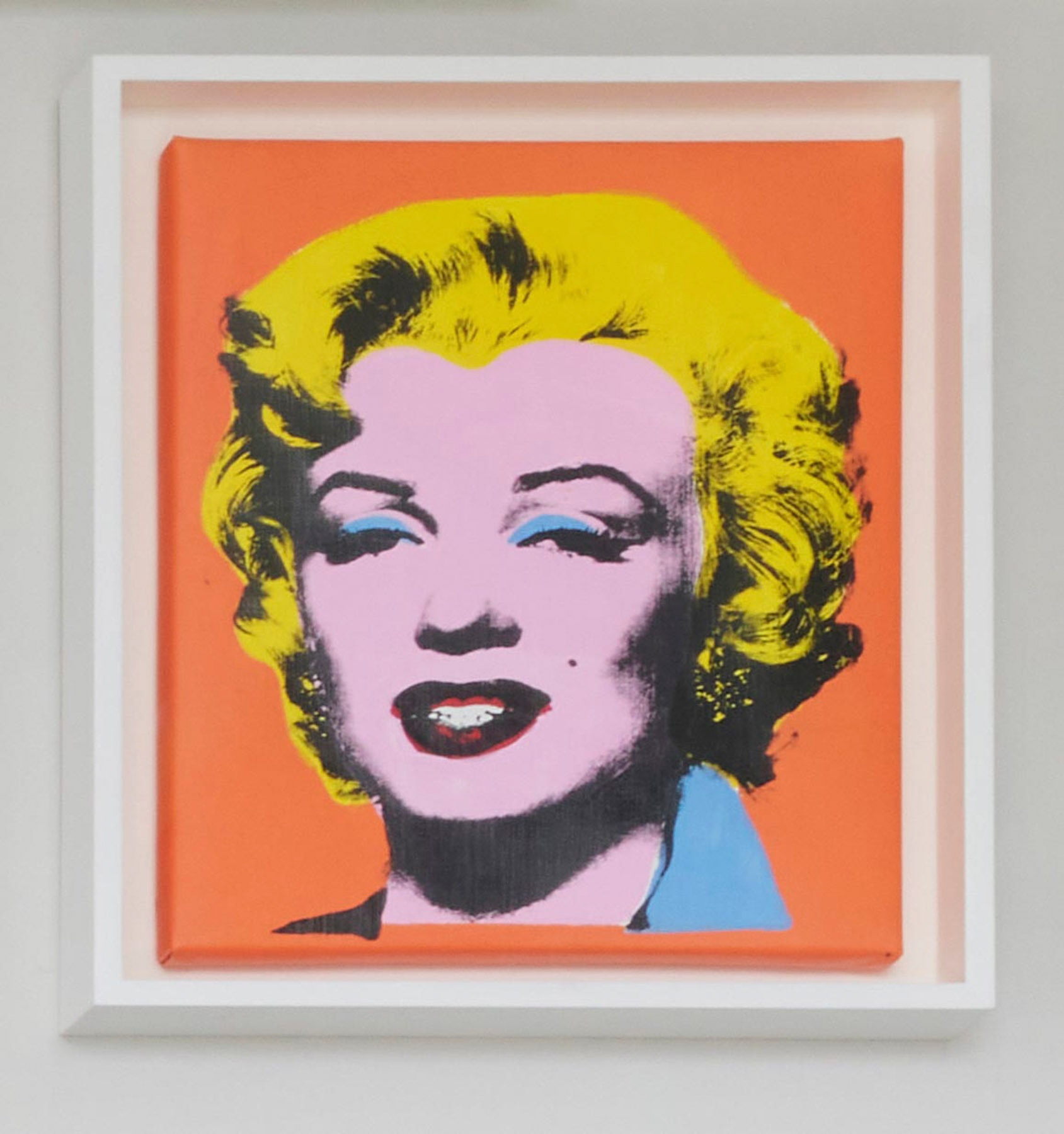Elaine Sturtevant

In reproducing Andy Warhol's work, Sturtevant did not so much threaten his artistic pursuits than extend them to their logical conclusion. Engaged with strategies of impersonality that favour mechanical reproduction as method and borrowed images as content, one imagines that Warhol recognised in Sturtevant reflections of his own preoccupations. Where Warhol gave her the Flower screens that she might make her own prints, he failed to lend her the Marilyn ones. Instead, she had “Andy’s silkscreen man” make one up for her using the same publicity photo of Marilyn Munroe for the film Niagara. It wasn’t that Warhol minded her using his screens, Sturtevant said, rather that he “didn’t give a fuck” (her words). Given the repetition implicit in their medium, Sturtevant’s ‘Warhol’ works are among her most numerous.
b.1924, Lakewood; d.2014, Paris
Elaine Sturtevant pre-empted the destabilised position of the art object in her material engagements with authenticity. Her earliest work, Warhol Flowers (1965), was a reproduction of Andy Warhol’s Flower Painting (1965), a screenprint of four flowers against grass, the image taken from a Kodak advertisement. Produced only a month apart, Sturtevant’s print followed closely on Warhol’s – indeed, Sturtevant went so far as to borrow the original screens from the artist. When asked about his printing method, Warhol once replied, “I don’t know, ask Elaine.” While Warhol was at first receptive to her repetition (she resisted the word appropriation), other artists were less generous. Regardless, she continued working at borrowed art, remaking it inexactly. Jasper Johns, Robert Rauschenberg, Claus Oldenburg – she looked to her contemporaries who had yet to become canonical figures of art history. Sturtevant reproduced the works of others, she explained, “predominantly from memory, using the same techniques, making the same errors and thus coming out in the same place.” As such, small inconsistencies exist between the original and its double in all her works, exposing variable gaps in their translation. Hers was not a gesture of exactitude but one of material knowledge, a knowing-by-making.